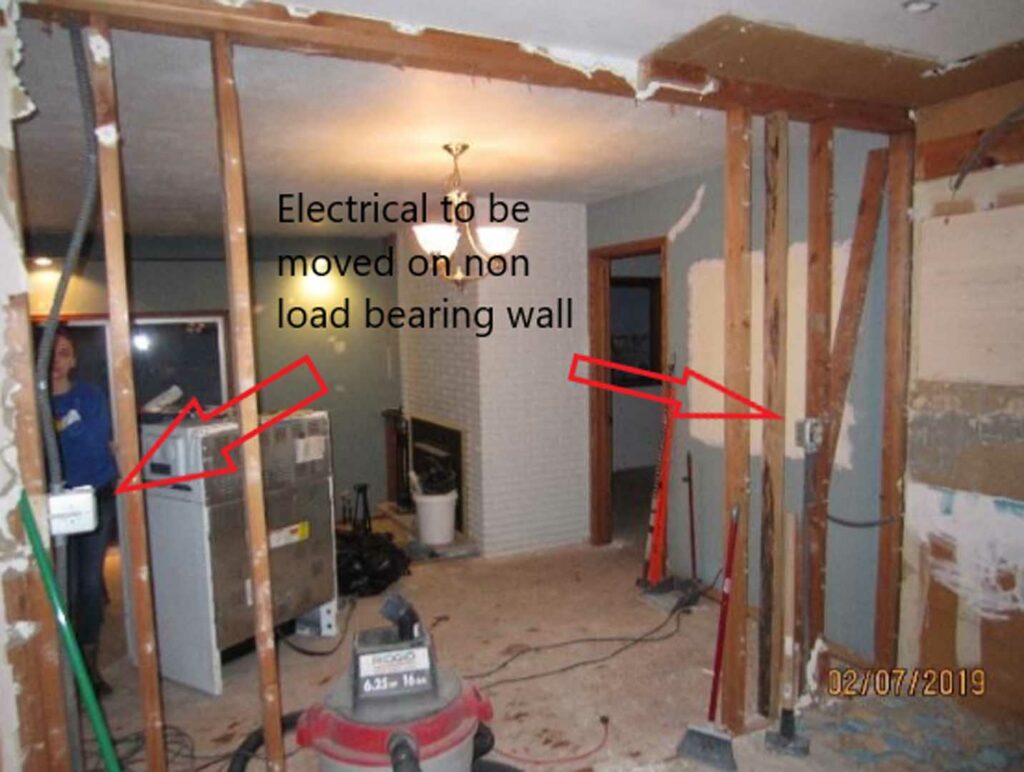Non Load Bearing Wall Over Tile

A load bearing wall supports the loads of a structure such as floors equipment furniture and people.
Non load bearing wall over tile. Building a non load bearing interior wall is a great way to divide a large room into two smaller rooms add a closet to a bedroom or add a pantry to a kitchen. Non bearing wall openings less than 8 ft. Non load bearing walls non loadbearing walls must comply with the requirements specified in the relevant standards as appropriate to the material. It is not a part of the structural frame system.
A non load bearing wall doesn t support floor roof loads above. A wall which doesn t help the structure to stand up and holds up only itself is known as a non load bearing wall this wall is also referred to as curtain wall. Framing up a non load bearing interior wall. Brick and tile structural clay products manufactured as standard units used in building construction.
Load bearing non load bearing and veneer. Use a chalk line to mark the location for the wall on the floor. Bearing walls are framed the same way king studs and a flat head board. The brick first produced in a sun dried form at least 6 000 years ago and the forerunner of a wide range of structural clay products used today is a small building unit in the form of a rectangular block formed from clay or shale or mixtures and burned fired in a kiln or oven to.
Walls may be classified in three general categories. Building a non load bearing wall. By contrast a non load bearing wall sometimes called a partition wall is responsible only for holding up itself. Wide don t need any header.
Here s how to go about it. Luckily as long as you are not replacing a load bearing wall but simply adding a new wall. Non loadbearing walls as designated shall not carry any truss loading and shall not be packed to touch the underside of trusses see figure below. Modifying a load bearing wall can lead to total structural damage meaning your house could collapse.
Load bearing walls support the weight of a floor or roof structure above and are so named because they bear a load. At one time buildings were constructed with very thick brick walls carrying all floor and other loads.














































